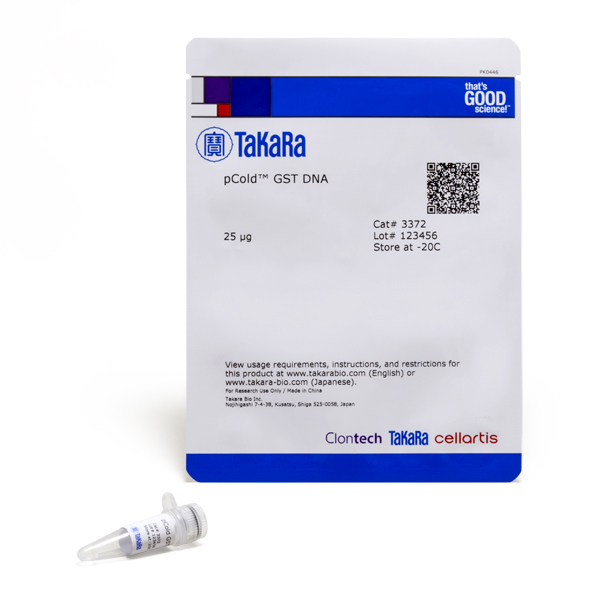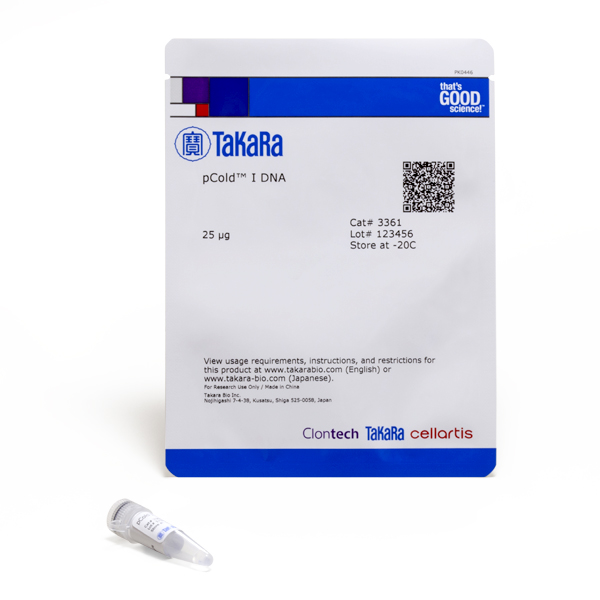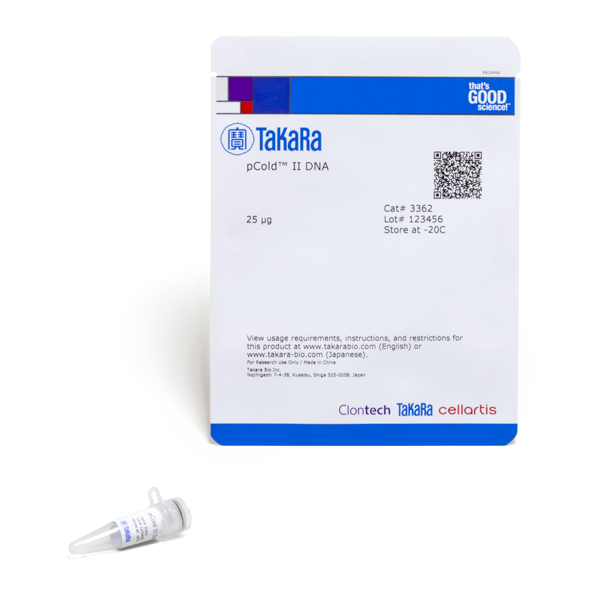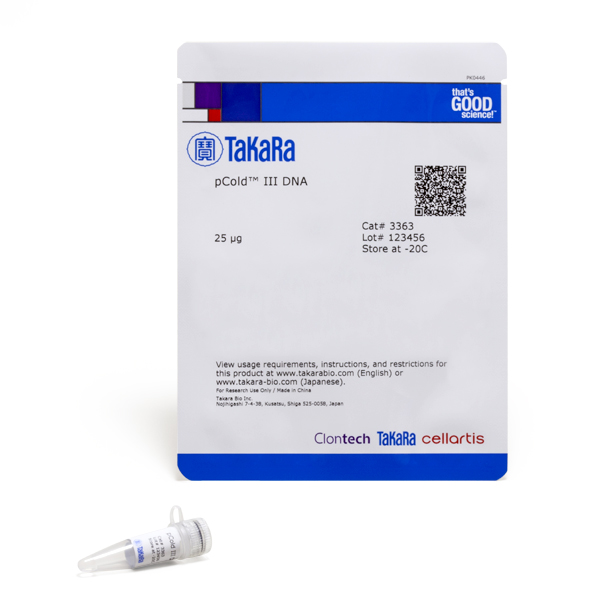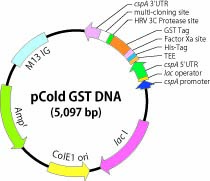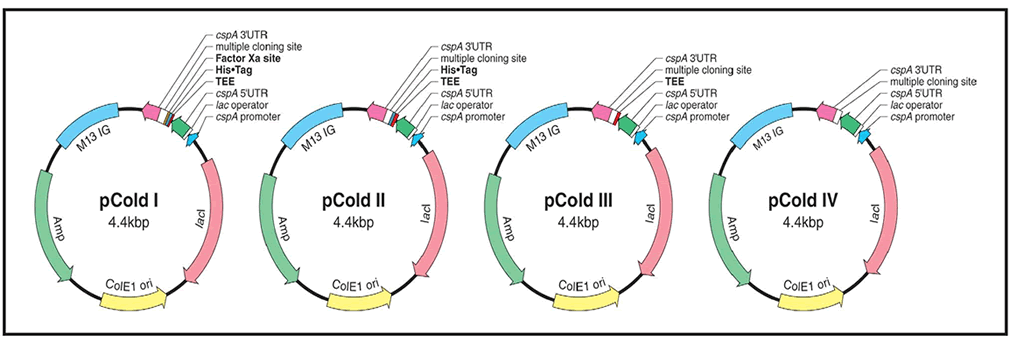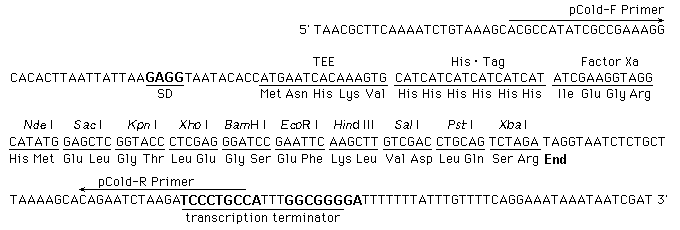pCold Series
pCold expression vectors offer cold-shock expression technology for high-purity, high-yield protein production.
The pCold series includes several different vectors. Each includes the cold-shock Protein A (cspA) promoter for expression of high-purity, high-yield recombinant protein in E. coli. These vectors selectively induce target protein synthesis at a low temperature (15°C), a condition which suppresses the expression of host proteins and decreases protease activity. This results in high yields of target proteins (60% of intracellular protein). In addition to the cspA promoter, all vectors contain a lac operator, ampicillin resistance gene (ampr), ColE1 origin of replication, M13 IG fragment, and a multiple cloning site (MCS). Four of the vectors contain either a translation enhancing element (TEE), his-tag sequence, and/or Factor Xa cleavage site. The pCold GST vector contains a glutathione S-transferase (GST) sequence and can be used for the expression of proteins with an N-terminal GST tag. These vectors work equally well for synthesis of non-labeled and radiolabeled proteins, and can be used in conjunction with our Chaperone Plasmid Set.
Overview
- Expression of difficult proteins that can not be expressed with the T7 system
- Increased solubility due to expression at reduced temperature
- Increased purity due to repressed expression of host proteins
- When used in conjunction with one of our Chaperone Plasmids, the amount of recoverable soluble protein can be further increased
- Radioisotope labeling: Up to 90% of newly expressed cellular protein is labeled target protein
- Chain length:
- pCold I DNA: 4,407 bp
- pCold II DNA: 4,392 bp
- pCold III DNA: 4,377 bp
- pCold IV DNA: 4,359 bp
- pCold GST DNA: 5,097 bp
Applications
- High-efficiency protein expression using a cold-shock promoter

